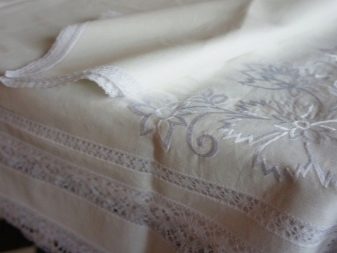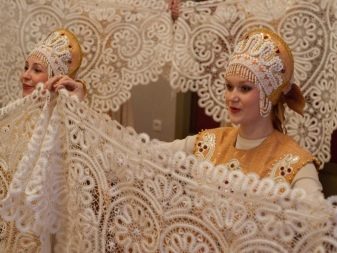Yelets lace

Yelets lace are unique products that are popular not only in Russia, but all over the world. This fishery is characterized by a long history, unique weaving characteristics and many other differences that set it apart from similar solutions.
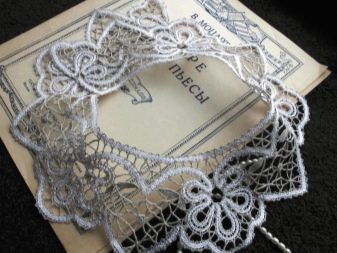
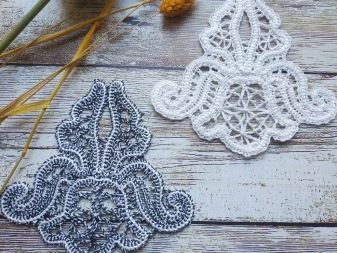
History and development
They began to weave lace products in the city of Yelets no later than 1801 - it was this date that was found on the stitching of an old towel. According to numerous historians, the first patterns and compositions from drawings were brought from Germany, France and Belgium. Over time, local artists began to develop a distinctive style, which led to the development of unique lace.
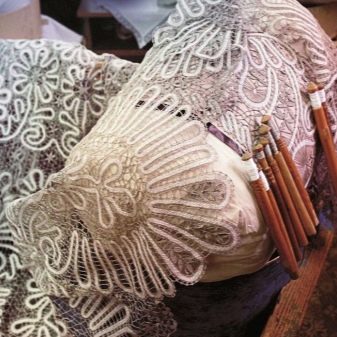
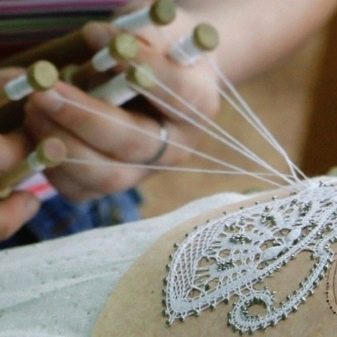
The formation and rapid development of artistic craft was mainly influenced by the rapid depletion of the soil and poor-quality harvests.
Due to certain problems with agriculture, the peasants began to look for additional income.
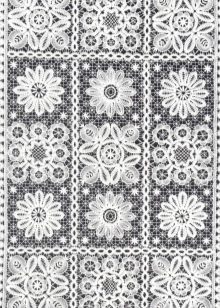
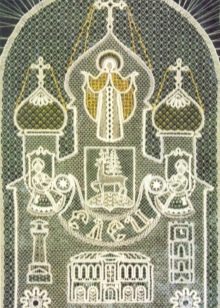
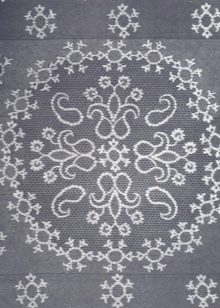
The improvement of lace-making was also influenced by the relative cheapness of tools and raw materials, which allowed most of the population to open their own workshops. Historical references indicate that many entrepreneurs of that time abandoned other methods of earning money and developed the lace industry.
In addition to the above factors, the fishery began to actively develop due to the construction of a railway track, which made it possible to sell unique products throughout the country. On an industrial scale, products such as dresses, nightgowns, collars, tablecloths, napkins and various decorative elements were exported.
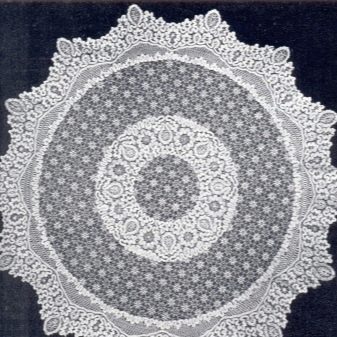
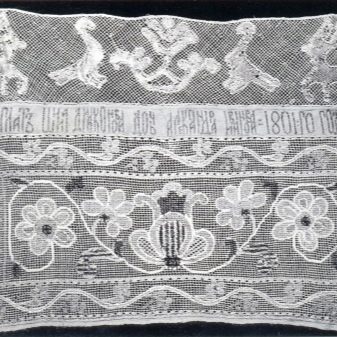
Over time, Yelets lace began to spread throughout the world.For the first time the world saw these products in 1873 at the World Exhibition in Vienna. The unique lace products immediately charmed those around them - they received high marks from experts and spectators.
Until 1930, Yelets lace products were shown at 120 different exhibitions around the world, arousing sincere admiration among the public. At the Moscow exhibition in 1994, lace received a gold medal and public recognition. Since then, the products have been actively exported to the CIS and many other world countries.
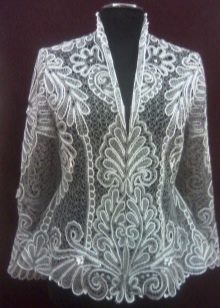
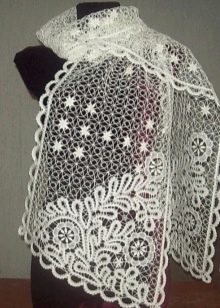
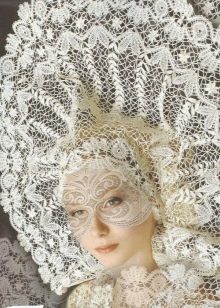
Peculiarities
The main features from other popular varieties are high relief and thinness. And also such products are distinguished by a variety of patterns, good performance characteristics and picturesque applied ornaments.
The above-described characteristic details of lace are achieved due to the arrangement of compositions and individual patterns on a transparent, radiant tulle-type fabric.
The Yelets technology has practically no analogues, due to which it is popular all over the world.
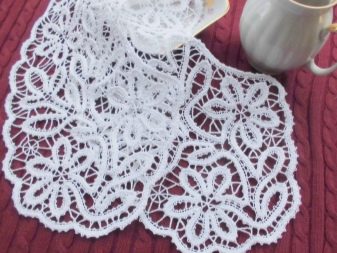
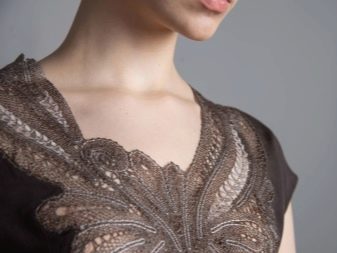
An equally important feature of lace is the separation of the main pattern from other patterns using a dense and wide contour, which is called a fork. This element always stretches in a continuous line, while its density and width remain unchanged throughout the entire composition. The characteristic relief is transmitted using filigree - a high-quality thickened thread.
As a thickened filigree, a classic silk thread is usually used, made in various shades and colors. In addition to it, the main thread can be used, which folds three times or more.
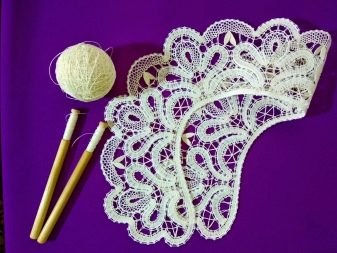
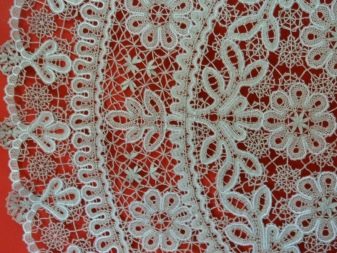
To create a characteristic relief, some manufacturers of Yelets lace use special threads that differ in finish, fiber composition and thickness. In such products, the main and secondary patterns are made of cotton thread, while the background grill is made of linen and fine fabric.
As for specific images, on the lace one can most often find small drawings of a deer or many birds, which are the constituent elements of the Yelets coat of arms.
Secondary decorative patterns are locally called "bugs", "pustushki", "Yeletsk region", "buckwheat", "pearl" and many others.
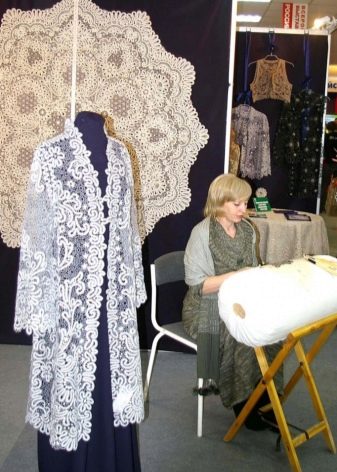
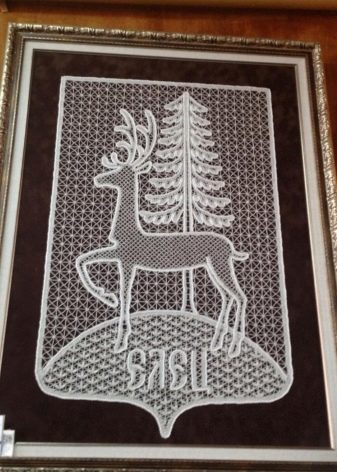
The peculiarity of Yelets lace is a large number of different patterns, with the most common form being a flower. Small floral designs and rosettes are almost always enclosed in a specific geometric shape: rhombus, circle, square or rectangle.
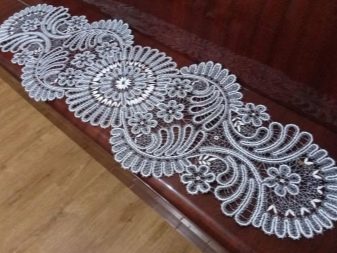
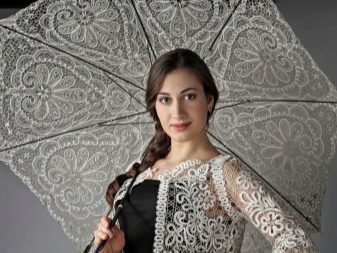
Regardless of the elements used, the basis of any ornament is a transparent openwork lattice. An equally important feature of the technique is a high indicator of the realism of the applied objects. So, the first craftswomen carefully created each element of the composition, trying to convey the real sizes of leaves, flowers and fruits.
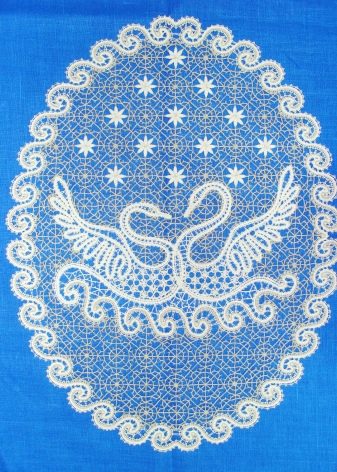
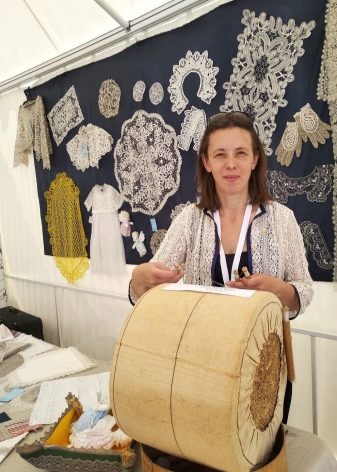
The volume of patterns is achieved through the simultaneous use of several techniques - coupling and steam room. Unlike most other types of lace in Yelets ornament, it is possible to use 2 methods of drawing objects and even more.
It is worth noting a certain specificity of large piece objects located on lace. The composition is almost always built from the central part, connecting numerous rosettes or any other geometric shapes into a common ornament and pattern.
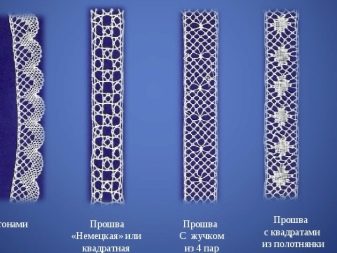

In addition to describing certain features, it is also necessary to know which groups the Yelets lace is classified into. Most of the products are conventionally divided according to the production method, width and shape of the finished product. Especially popular are hand-made fabrics, which are produced using traditional technologies.
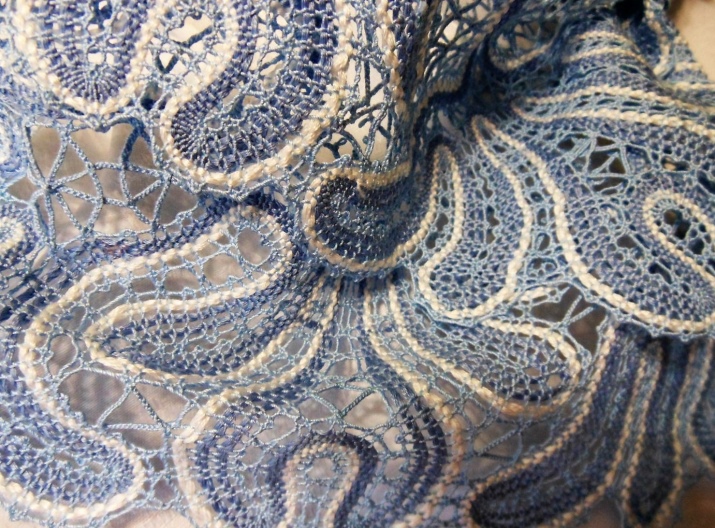
Manufacturing technology
Despite the fact that previously the technology of making lace was hidden from other people, at the moment anyone can evaluate the main features of weaving based on patterns and plans. The first thing to start with making lace is winding the bobbin of the main thread.
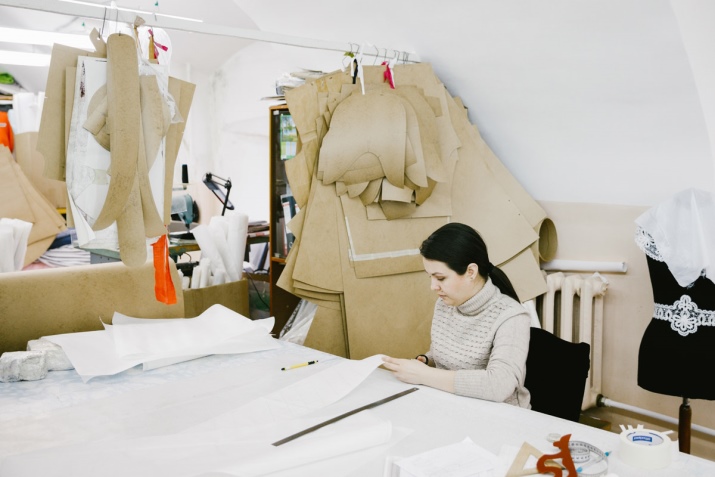
Depending on what needs to be obtained as a result, the windings move in a certain order. The outer bobbin is always held firmly at the bottom using two hands.
It is important to note that touching the thread is prohibited.
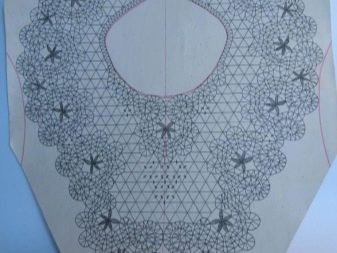
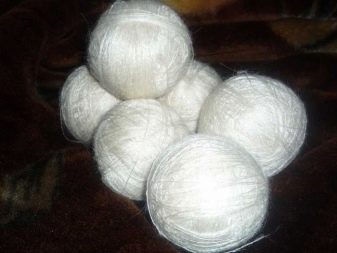
To weave correctly and quickly, remember that your thumb always moves the bobbin to the left, no matter where it is. It is also important to make sure that the right and left bobbins move parallel to the arms, otherwise there will be various bevels or inaccuracies.
In the classical manufacturing technology, there are 3 weaving methods: numerical, towing and doubled. Depending on the complexity of the work and the experience of the craftswoman, one or another technique is used. Products are mainly made in a pair method, which simplifies the work and avoids mistakes in the future.
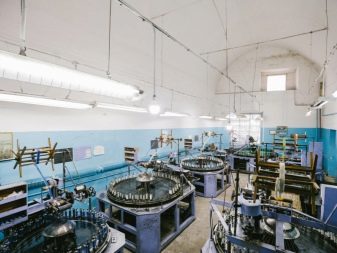
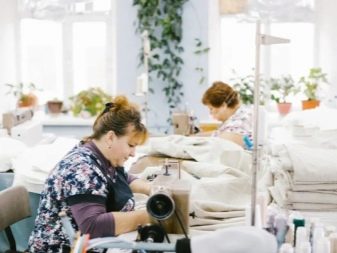
Some craftswomen make lace using several bobbins, which smoothly and accurately follow the splinter. The main pattern is created using a bending strip of braided material, the bends of which are fixed using a crochet hook.
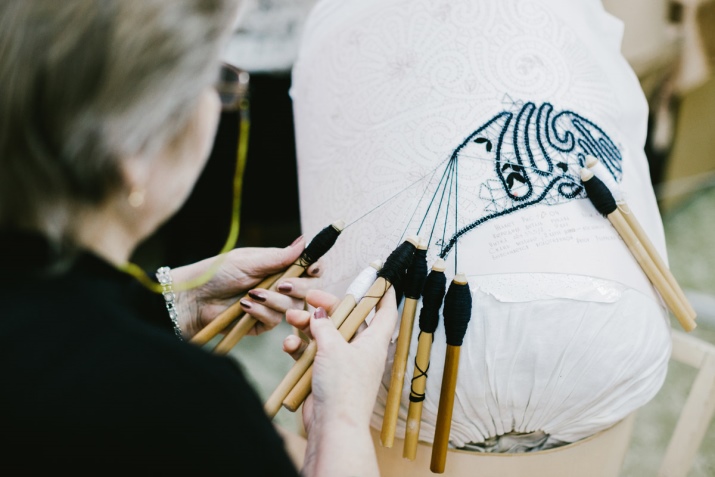
Yelets lace in the modern world
To date, the only factory for the production of classic high-quality and elegant fabrics is the enterprise "Eletsky lace", which is located in the city of Yelets. Despite the fact that the organization was founded back in 1960, laces are created both by hand and in production workshops.
At the moment, the company employs over 1000 lace makers who are engaged in the production of classic products and the development of new ornaments and compositions. Despite the wide variety of different techniques and the use of modern equipment, the company does not forget about the traditions of skillful lace-making.
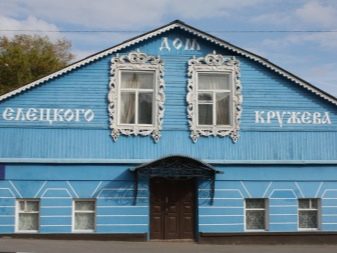
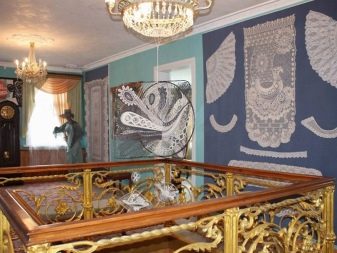
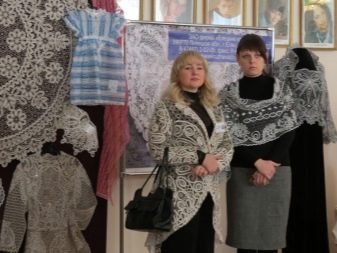

The assortment of the enterprise includes more than 200 items, including industrial products and unique handicrafts. The company produces kerchiefs, ties, tablecloths, napkins, decorative panels and many other products. Recently, the organization has been producing fine home textiles.
